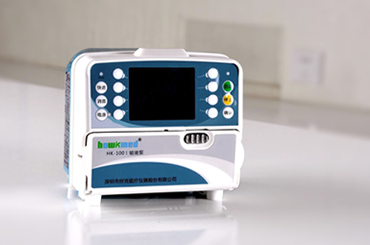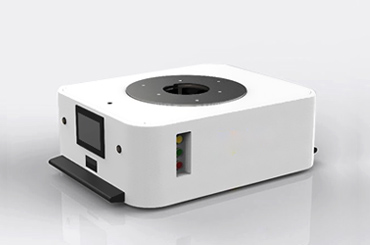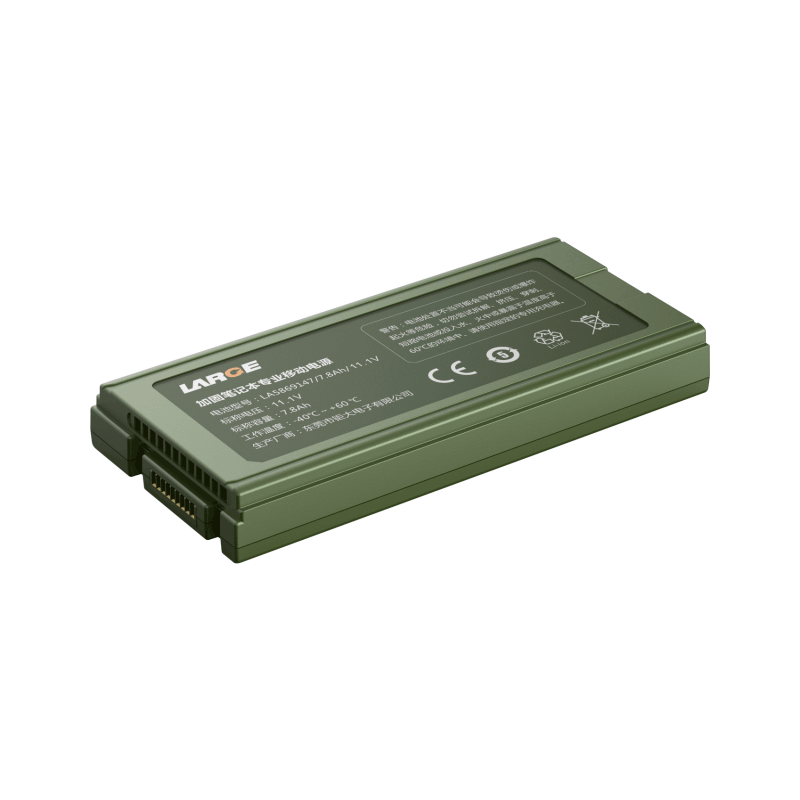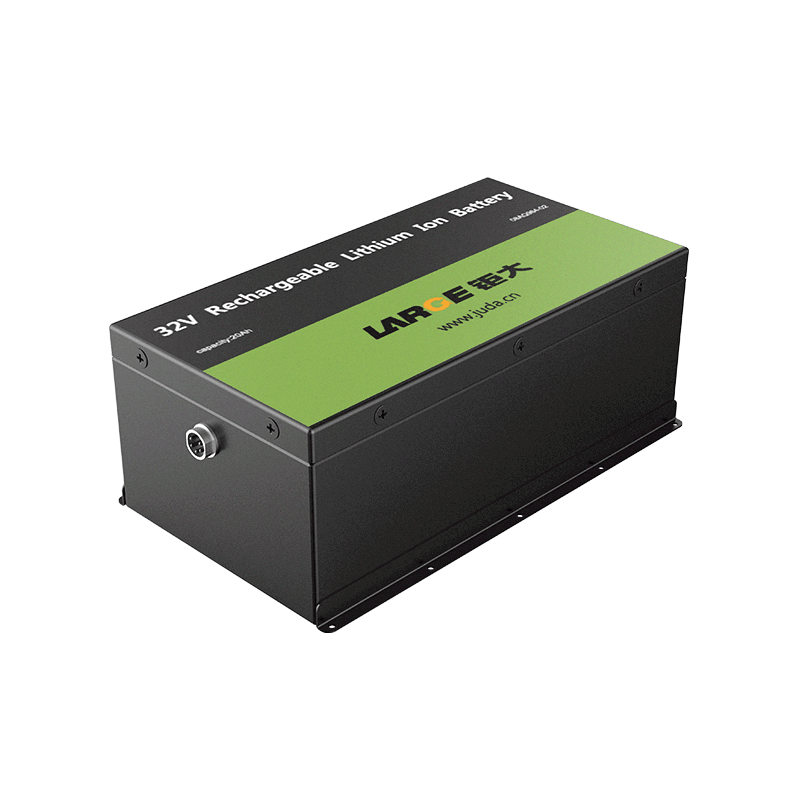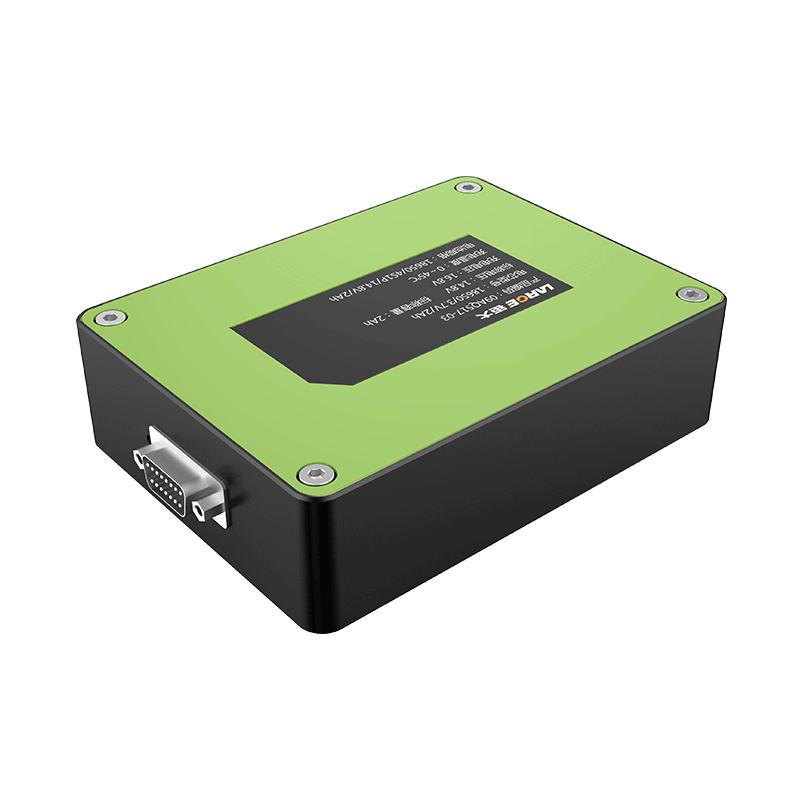-
Key Takeaways
-
Part 1: Understanding Solar Lithium Batteries+
- 1.1 What Makes Lithium Batteries Ideal for Solar Systems?
- 1.2 Key Advantages of Lithium Battery Packs Over Traditional Options
- 1.3 The Role of Solar Batteries in Energy Storage and Efficiency
-
Part 2: Key Factors for Choosing the Best Solar Battery+
- 2.1 Determining Battery Capacity Based on Energy Needs
- 2.2 Depth of Discharge (DoD) and Its Impact on Performance
- 2.3 Evaluating Lifespan and Recharge Cycles
- 2.4 Efficiency Metrics and Energy Conversion Rates
- 2.5 Cost Analysis and Long-Term ROI
-
Part 3: Ensuring Compatibility with Your Solar System+
- 3.1 Matching Lithium Battery Packs to Solar System Requirements
- 3.2 Sizing the Best Battery for Solar System Efficiency
- 3.3 Integrating Solar Batteries with Inverters and Charge Controllers
-
Part 4: Comparing Popular Lithium Battery Types+
- 4.1 Lithium Iron Phosphate (LiFePO4) Batteries: Features and Benefits
- 4.2 Lithium Nickel Manganese Cobalt Oxide (NMC) Batteries: Pros and Cons
- 4.3 Choosing the Right Lithium Battery Chemistry for Your Needs
-
FAQ+
- 1. How do lithium batteries perform in low-temperature environments?
- 2. What makes LiFePO4 batteries ideal for energy storage systems?
- 3. Can I customize lithium battery packs for my solar system?
How to Choose the Most Reliable Lithium Battery for Your Solar System
May 06, 2025 Pageview:694

Choosing the right solar lithium battery significantly impacts the reliability of your energy storage system. A high-quality solar battery ensures optimal performance by balancing capacity, lifespan, and efficiency. Lithium-ion batteries, for instance, offer a round-trip efficiency of 90% to 95%, outperforming lead-acid options. Proper thermal management can also extend battery life by up to 20%, proving the importance of selecting a battery that meets your system's demands.
Key Takeaways
Pick lithium batteries for solar systems for better energy use. They have 90% to 95% efficiency when charging and discharging.
Think about how much energy you need. Choose a battery size that fits, not too big or too small, to avoid wasting energy.
Look at how long the battery lasts and how often it can recharge. Lithium-ion batteries like LiFePO4 can work over 2,000 charge cycles, making them dependable.

Part 1: Understanding Solar Lithium Batteries
1.1 What Makes Lithium Batteries Ideal for Solar Systems?
Lithium batteries have become the cornerstone of modern solar systems due to their advanced battery technology and unmatched performance. Their high energy density allows you to store more energy in a compact space, making them ideal for residential and commercial applications. Lithium-ion batteries, for instance, boast a charge and discharge efficiency exceeding 95%, ensuring minimal energy loss during storage. This efficiency is critical for maximizing solar power usage, especially in industries like medical devices, robotics, and infrastructure systems.
Moreover, lithium battery packs offer a long lifespan, often lasting 10 to 15 years, significantly outpacing traditional lead-acid batteries. Their fast charging and discharging capabilities ensure that energy is stored quickly during peak sunlight and discharged efficiently when needed. These features make lithium batteries the best choice for solar systems requiring reliable and scalable energy storage solutions.
1.2 Key Advantages of Lithium Battery Packs Over Traditional Options
Lithium battery packs outperform traditional options like lead-acid batteries in several key areas. The table below highlights the comparative advantages:
Metric | Lithium-Ion Batteries | Lead-Acid Batteries |
|---|---|---|
Weight | 45% lighter | Heavier |
Size | 70% more compact | Bulkier |
Energy Density | Higher | Lower |
Recharge Time | < 2 hours | Up to 6 hours |
These advantages make lithium battery packs a superior choice for solar systems, particularly in industries like industrial automation and security systems. Their lightweight and compact design also simplify installation and maintenance, reducing operational costs over time. Explore lithium battery solutions from Large Power.
1.3 The Role of Solar Batteries in energy storage and Efficiency
Solar batteries play a pivotal role in energy storage by capturing excess solar energy during the day and making it available for use at night or during cloudy periods. Lithium-ion batteries excel in this role due to their high efficiency and scalability. For example, LiFePO4 batteries, known for their safety and stability, are widely used in solar applications. They offer a platform voltage of 3.2V, an energy density of 100–180 Wh/kg, and a cycle life of 2,000–5,000 cycles.
Additionally, the declining cost of lithium-ion batteries has made solar-plus-storage systems more competitive. The levelized cost of energy (LCOE) for lithium-ion batteries has dropped by 35% since 2018. This cost reduction has accelerated the adoption of solar battery systems across various sectors, including consumer electronics and transportation. By integrating a robust battery management system, you can further enhance the performance and safety of your solar energy setup.

Part 2: Key Factors for Choosing the Best Solar Battery
2.1 Determining Battery Capacity Based on Energy Needs
Selecting the right battery capacity is crucial for meeting your solar energy storage needs. Battery capacity, measured in kilowatt-hours (kWh), determines how much energy your system can store and supply during periods of low sunlight. To optimize capacity, you must evaluate your daily energy consumption and peak usage patterns. For instance, a residential system may require a smaller capacity compared to an industrial setup, which demands higher energy storage.
Current studies highlight the following key points:
Optimizing battery capacity ensures your solar system meets energy demands effectively.
A mismatch between photovoltaic (PV) generation and energy consumption can lead to inefficiencies.
Challenges like battery degradation and fluctuating energy demand complicate capacity optimization.
Oversized batteries result in material waste, while undersized ones fail to meet energy needs.
By accurately assessing your energy requirements, you can avoid these pitfalls and select the best battery for solar system efficiency. Tools like energy monitoring systems can help you analyze consumption patterns and determine the ideal capacity for your solar battery.
2.2 Depth of Discharge (DoD) and Its Impact on Performance
Depth of Discharge (DoD) refers to the percentage of a battery's capacity that has been used. For example, if a 10 kWh battery discharges 8 kWh, its DoD is 80%. Lithium-ion batteries typically support higher DoD levels compared to traditional options, making them more efficient for solar applications.
Studies reveal that when DoD exceeds 85%, lithium-ion batteries experience accelerated degradation. Batteries that avoid deep discharges maintain better performance and longer lifespans.
Key metrics like battery voltage, charge rate, and energy density also influence performance. By choosing a solar battery with an optimal DoD, you can maximize its efficiency and lifespan. For instance, LiFePO4 batteries, known for their stability, can handle deeper discharges without significant wear, making them ideal for energy storage systems.
2.3 Evaluating Lifespan and Recharge Cycles
The lifespan of a solar battery depends on its recharge cycles and resistance to degradation. Lithium-ion batteries, including LiFePO4 models, offer a long lifespan, often exceeding 2,000 cycles. This durability makes them a reliable choice for solar energy storage.
Research highlights the following factors affecting battery lifespan:
Cycling degradation and calendar aging are primary contributors to capacity loss.
State of charge (SOC) and temperature significantly impact degradation rates.
LiFePO4 batteries exhibit minimal capacity fade under optimal conditions, ensuring a long lifespan.
By maintaining proper thermal management and avoiding extreme SOC levels, you can extend the life of your battery. This is particularly important for applications in medical devices, robotics, and infrastructure, where reliability is critical.
2.4 Efficiency Metrics and Energy Conversion Rates
Efficiency is a key factor when evaluating solar batteries. It determines how much solar energy is stored and retrieved for use. Lithium-ion batteries excel in this area, offering high energy densities and minimal energy loss during conversion.
Metric | Value |
|---|---|
Energy Density (silicon) | 154 watt-hours per pound (340 watt-hours per kilogram) |
Energy Density (graphite) | 136 watt-hours per pound (300 watt-hours per kilogram) |
Capacity Retention | 83.1% after 200 cycles |
Coulombic Efficiency | 99.9% |
These metrics demonstrate the superior performance of lithium-ion batteries in solar applications. By selecting a battery with high efficiency, you can maximize your system's output and reduce energy losses, ensuring reliable energy storage for your needs.
2.5 Cost Analysis and Long-Term ROI
Cost is a significant consideration when choosing the best solar battery. While lithium-ion batteries have a higher upfront cost, their long lifespan and efficiency result in lower lifecycle costs. For example, LiFePO4 batteries offer enhanced safety and durability, making them a worthwhile investment.
Key factors influencing ROI include:
Energy Arbitrage: Store energy during off-peak hours and use it during peak demand.
Peak Shaving: Reduce demand charges by using stored energy during high-consumption periods.
Backup Power: Ensure energy availability during outages, enhancing system reliability.
Incentives: Programs like the U.S. Investment Tax Credit can offset installation costs.
Comparing battery types reveals that lithium-ion models provide the best balance of cost and performance. Their ability to store more energy per unit and deliver consistent output makes them ideal for both residential and industrial applications. Learn more about customized battery solutions from Large Power.
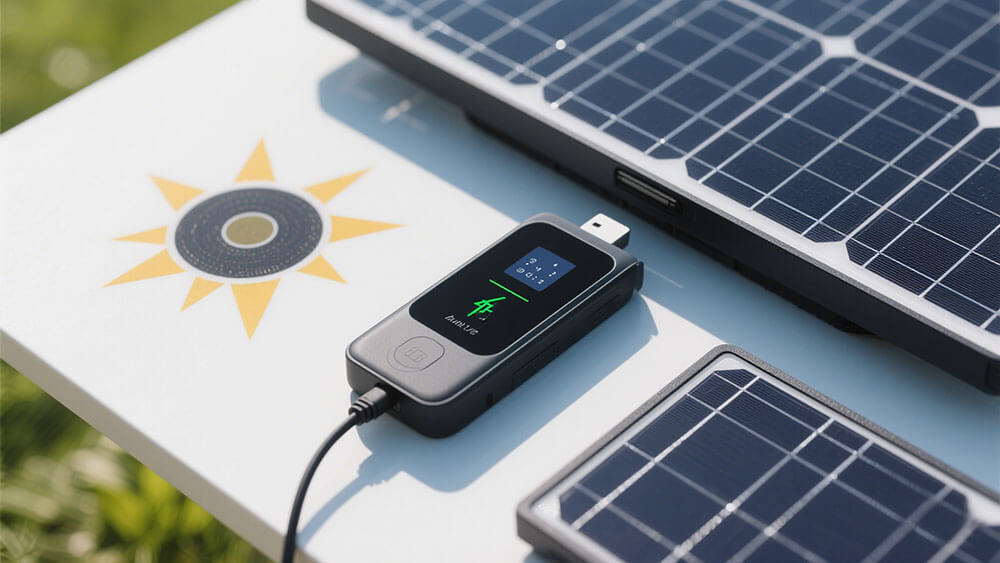
Part 3: Ensuring Compatibility with Your Solar System
3.1 Matching Lithium Battery Packs to Solar System Requirements
Ensuring that lithium battery packs align with your solar system's requirements is critical for achieving optimal performance and longevity. A mismatch can lead to inefficiencies, reduced lifespan, and even system failures. By tailoring the battery pack to your system's specific voltage and capacity needs, you can enhance energy storage and overall functionality.
Key considerations for matching battery packs include:
Voltage consistency: Variations in voltage can disrupt system performance.
Capacity alignment: Batteries with mismatched capacities may degrade faster.
Lifespan synchronization: Uniform battery lifespans prevent premature replacements.
Real-time monitoring and balanced management systems play a vital role in maintaining battery consistency. Advanced technologies, such as cell-to-pack (CTP) designs, further optimize performance by integrating multiple cells into a single unit. This approach reduces the need for additional components, streamlining the design and improving energy efficiency. For solar systems in industries like robotics and infrastructure, these innovations ensure reliable and scalable energy storage. Explore customized battery solutions here.
3.2 Sizing the Best Battery for Solar System Efficiency
Selecting the right battery size is essential for maximizing solar system efficiency. An undersized battery may fail to meet energy demands, while an oversized one can lead to unnecessary costs and material waste. To determine the ideal size, you must evaluate your energy consumption patterns, peak usage, and solar power generation.
A recent study highlights the benefits of optimal sizing. Using a Unified Rule-Based (URB) scheduling approach, systems achieved up to 22% energy savings over their lifetime. Additionally, total energy demand decreased by 47%, and peak-hour demand dropped by 63%. These results underscore the importance of precise sizing in enhancing solar power storage efficiency.
When sizing your battery, consider the following:
Daily energy consumption: Calculate your average usage in kilowatt-hours (kWh).
Peak demand periods: Identify times of highest energy use.
Solar generation capacity: Assess your system's ability to produce energy during peak sunlight.
By aligning these factors, you can select the best battery for solar system efficiency, ensuring reliable energy storage and cost-effectiveness.
3.3 Integrating Solar Batteries with Inverters and Charge Controllers
Proper integration of solar batteries with inverters and charge controllers is crucial for maintaining system integrity and performance. The compatibility between these components ensures efficient energy conversion and storage, safeguarding the health of your lithium battery packs.
Specifications such as battery type, voltage, current requirements, and operational temperature ranges must align with your system's design. Advanced Maximum Power Point Tracking (MPPT) technology is particularly effective for optimizing energy extraction from solar panels.
To achieve seamless integration, follow these guidelines:
Choose a charge controller compatible with your battery type. Lithium-ion batteries require precise charging algorithms, which MPPT controllers provide.
Match the voltage and current ratings of your inverter to the battery pack.
Ensure the system operates within the recommended temperature range to prevent degradation.
For industries like medical devices and security systems, where reliability is paramount, these measures are essential. Proper integration not only enhances performance but also extends the lifespan of your solar battery options.

Part 4: Comparing Popular Lithium Battery Types
4.1 Lithium Iron Phosphate (LiFePO4) Batteries: Features and Benefits
LiFePO4 batteries stand out for their exceptional safety, long cycle life, and robust performance. These batteries are particularly suitable for applications requiring reliable energy storage, such as electric vehicles, solar battery systems, and industrial setups. Their platform voltage of 3.2V and energy density of 100–180 Wh/kg make them a dependable choice for high-demand environments. Additionally, their cycle life ranges from 2,000 to 5,000 cycles, ensuring durability over time. Learn more about LiFePO4 batteries here.
Key benefits of LiFePO4 batteries include:
Superior thermal stability, reducing risks of overheating.
High safety standards, making them ideal for medical and robotics applications.
A significant market presence, with a 51.7% share of China's power battery market in 2021.
These features make LiFePO4 batteries a preferred option for solar battery systems, where safety and longevity are critical.
4.2 Lithium Nickel Manganese Cobalt Oxide (NMC) Batteries: Pros and Cons
NMC batteries offer a balance of energy density, thermal stability, and cycling performance, making them versatile for various applications. Their platform voltage ranges from 3.5V to 3.6V, with an energy density of 160–270 Wh/kg and a cycle life of 1,000–2,000 cycles. These characteristics make them suitable for compact solar battery setups and consumer electronics.
Pros | Cons |
|---|---|
High energy density allows substantial energy storage in a compact space. | Relatively expensive due to cobalt content. |
Manganese enhances thermal stability, reducing overheating risks. | Risk of thermal runaway in cases of overcharging or damage. |
Good cycling performance ensures longevity and reliability. | Voltage fade may occur over time, affecting efficiency. |
Despite their higher cost, NMC batteries excel in applications requiring compact and efficient battery storage solutions.
4.3 Choosing the Right Lithium Battery Chemistry for Your Needs
Selecting the right lithium battery chemistry depends on your specific requirements. For solar battery systems, consider factors like energy density, cycle life, and safety. LiFePO4 batteries are ideal for applications prioritizing safety and longevity, such as medical devices and infrastructure systems. On the other hand, NMC batteries suit scenarios requiring high energy density and compact designs, such as robotics and consumer electronics. Explore customized battery solutions here.
When choosing, evaluate your energy storage needs, budget, and application demands. A well-matched battery chemistry ensures optimal performance and long-term reliability.
Choosing the right lithium battery for your solar system ensures reliable energy storage and long-term performance. Lithium battery packs, such as LiFePO4, offer unmatched benefits:
Over 95% energy efficiency, reducing power loss.
Lightweight, non-toxic, and thermally stable design.
Evaluate your energy needs carefully and consult industry experts to find the best solution for your solar setup. A well-matched battery enhances efficiency, safety, and sustainability.
FAQ
1. How do lithium batteries perform in low-temperature environments?
Lithium-ion batteries, especially low-temperature models, maintain reliable performance in extreme conditions. They suit industries like medical and robotics.
2. What makes LiFePO4 batteries ideal for energy storage systems?
LiFePO4 batteries offer superior safety, long cycle life (2,000–5,000 cycles), and stable performance. They excel in infrastructure and industrial applications.
3. Can I customize lithium battery packs for my solar system?
Yes, Large Power provides tailored solutions for solar systems, ensuring compatibility and efficiency. Consult experts for custom designs.
Leave Message
Hottest Categories
-
Hottest Industry News
-
Latest Industry News





